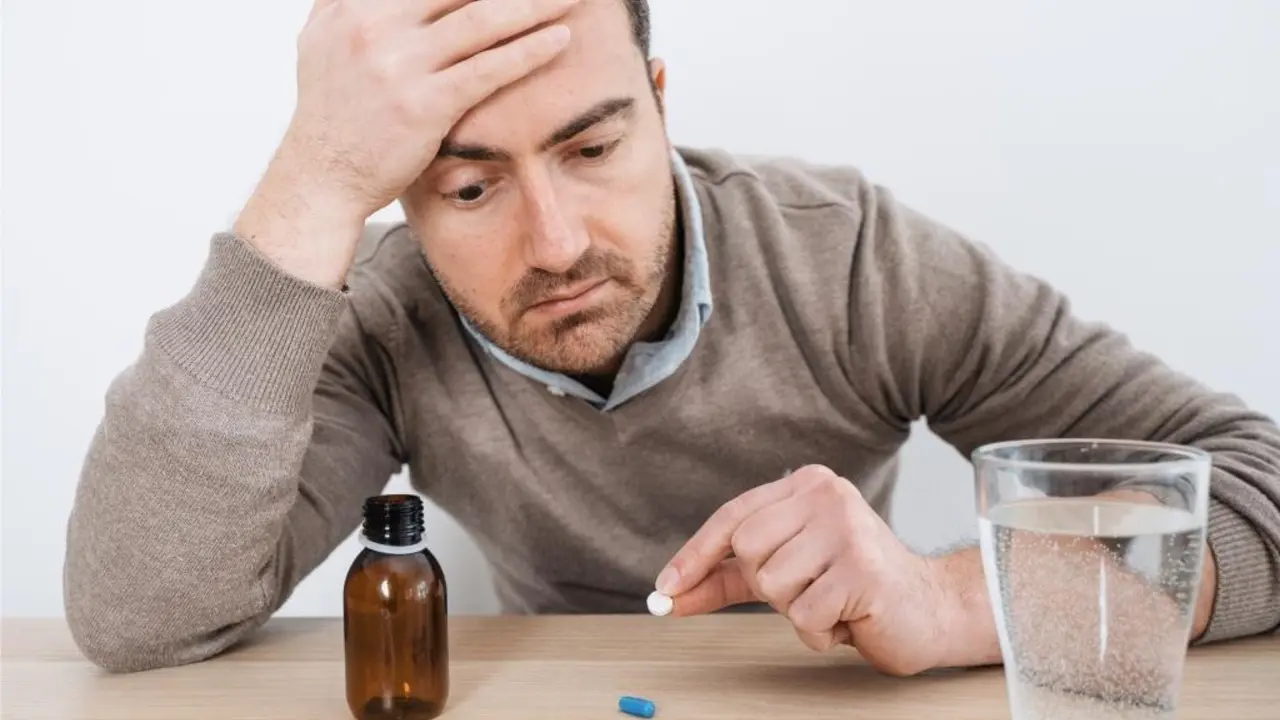Sertraline Overdose: What Happens and How to React Fast
Sertraline is a common antidepressant, but taking too much can be dangerous. Overdose signs can show up quickly, and knowing them can save a life. Below we break down the real‑world symptoms, why they matter, and the exact steps you should follow if you think someone has taken too much.
Key signs that you might be dealing with a sertraline overdose
Most people notice a mix of mental and physical cues. Look for confusion, agitation, or a sudden mood swing. Physical reactions often include rapid heartbeat, high blood pressure, fever, tremors, or seizures. Nausea, vomiting, and diarrhea are common too. If the person looks unusually sleepy or has trouble staying awake, that’s a red flag. Anything beyond the usual side effects—especially multiple symptoms at once—should be treated as an emergency.
What to do right away: steps that matter
First, call emergency services or your local poison control center. Give them the exact amount of sertraline taken, the time it happened, and any other drugs involved. While waiting for help, keep the person calm and still; movement can worsen tremors or seizures. If they’re awake and able, give them a glass of water to help dilute the pill’s impact, but don’t force anything if they’re vomiting.
Do not try to make them vomit unless a medical professional tells you to. Inducing vomiting can cause more damage, especially if the person is unconscious. If they’re having a seizure, do not put anything in their mouth—just clear the area around them and protect their head.
When help arrives, be ready to share the sertraline brand name, dosage, and any other meds they’re on. This information lets doctors decide on treatments like activated charcoal or IV fluids. In many cases, they’ll monitor heart rhythm and blood pressure closely because sertraline can affect both.
After the crisis, follow‑up care is crucial. The person should see a doctor to discuss why the overdose happened—whether it was a mistake, an intentional act, or a misunderstanding of dosing. Adjusting the prescription, setting up a pill organizer, or adding a reminder system can prevent future incidents.
Remember, sertraline is safe when taken as prescribed. Keep it out of reach of children, store it in a cool, dry place, and never double‑check a dose without reading the label. If you’re unsure about how much to take, ask your pharmacist or doctor before making any changes.
Bottom line: spotting the symptoms early, calling for help, and staying calm are the three pillars of handling a sertraline overdose. Knowing these steps can turn a scary situation into a manageable one, protecting the person’s health and giving them a better chance at a quick recovery.

